Home>Others>Specialized Home Improvement Topics>How To Organize A Camera Gear
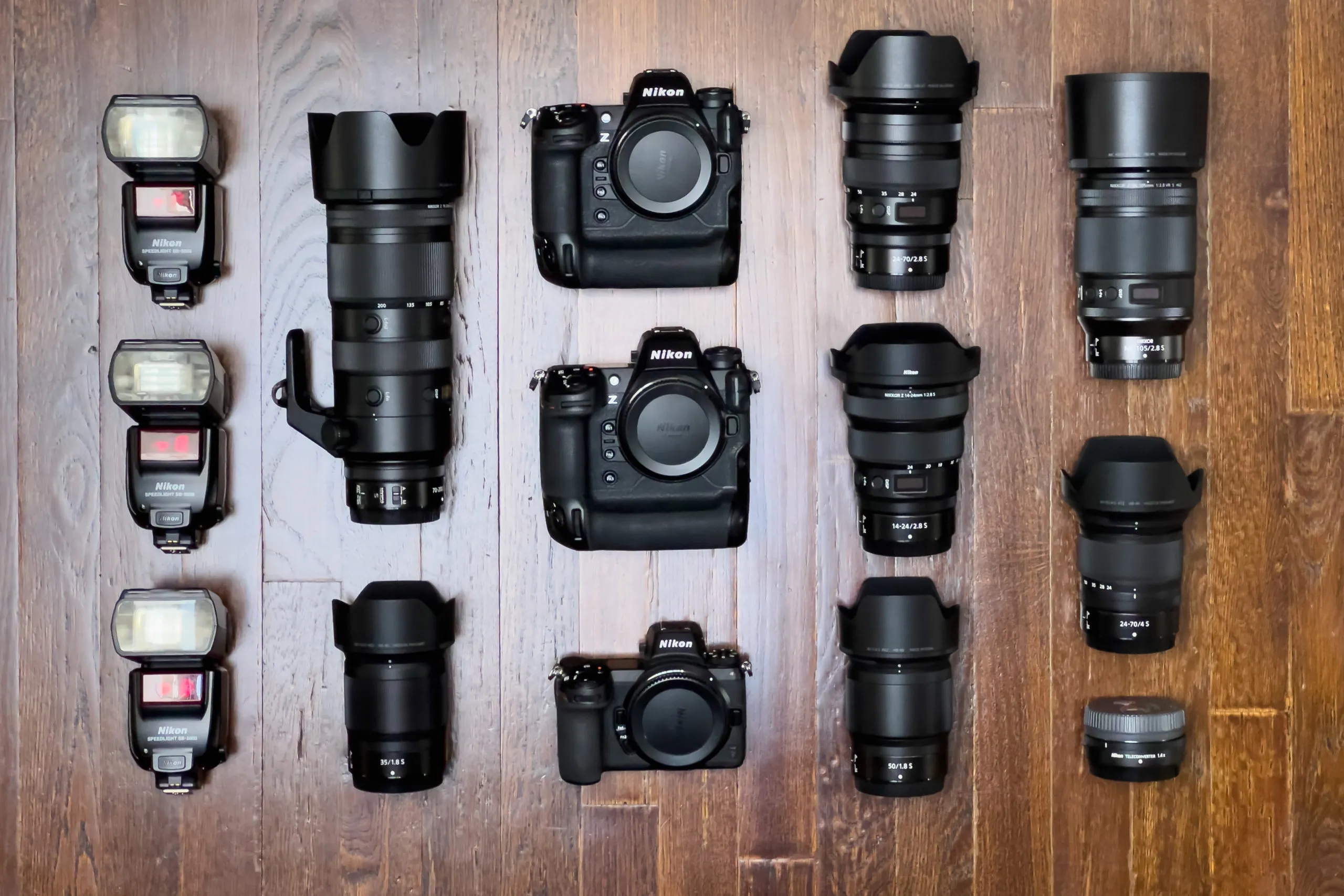

Specialized Home Improvement Topics
How To Organize A Camera Gear
Modified: October 27, 2024
Learn how to efficiently organize your camera gear with our specialized home improvement tips. Keep your equipment safe and easily accessible.
(Many of the links in this article redirect to a specific reviewed product. Your purchase of these products through affiliate links helps to generate commission for Storables.com, at no extra cost. Learn more)
Essential Camera Gear
When it comes to photography, having the right essential camera gear is crucial for capturing stunning images. Whether you're a professional photographer or an amateur enthusiast, having the right equipment can make all the difference in the world. Here are some must-have items for your camera gear collection:
-
Camera Body: The most important piece of equipment is, of course, the camera itself. Whether you prefer a DSLR, mirrorless, or point-and-shoot camera, choosing a high-quality camera body is essential for capturing sharp, high-resolution images.
-
Lenses: Different lenses serve different purposes, so having a variety of lenses in your camera bag is essential. A wide-angle lens is perfect for capturing landscapes, while a telephoto lens is ideal for wildlife and sports photography. A prime lens with a wide aperture is great for portraits and low-light situations.
-
Memory Cards: It's always a good idea to have multiple memory cards on hand, especially if you're shooting in RAW format or capturing high-definition video. Make sure to choose memory cards with fast read and write speeds to prevent any lag or buffering while shooting.
-
Batteries and Charger: Running out of battery power in the middle of a shoot can be a photographer's worst nightmare. Always carry spare batteries and a charger to ensure that you never miss a perfect shot.
-
Camera Bag: Investing in a high-quality camera bag is essential for protecting your gear while on the move. Look for a bag with padded compartments and adjustable dividers to keep your camera, lenses, and accessories safe and organized.
-
Tripod: A sturdy tripod is essential for capturing sharp, shake-free images, especially in low-light conditions or when shooting long exposures. Look for a tripod that is lightweight and easy to carry, yet sturdy enough to support your camera and lens.
-
Lens Cleaning Kit: Keeping your lenses clean is essential for capturing clear, crisp images. A lens cleaning kit typically includes a blower, lens brush, microfiber cloth, and lens cleaning solution to keep your lenses free from dust, smudges, and fingerprints.
-
Remote Shutter Release: A remote shutter release allows you to trigger the camera without physically touching it, which is essential for capturing long exposures, self-portraits, or group shots without any camera shake.
By ensuring that you have these essential items in your camera gear collection, you'll be well-prepared to capture stunning images in a variety of shooting situations.
Key Takeaways:
- Having the right camera gear, including lenses, memory cards, and a sturdy tripod, is essential for capturing stunning images in various shooting situations. Proper organization and maintenance ensure longevity and optimal performance.
- When traveling with camera gear, use a carry-on bag, packing strategy, and weather protection to keep equipment safe. Consider insurance coverage and portable storage solutions for added peace of mind.
Read more: How To Organize A Camping Gear
Storage Solutions
When it comes to organizing and storing your camera gear, having the right storage solutions is essential for keeping everything safe, accessible, and well-maintained. Here are some effective storage solutions to keep your camera gear organized:
-
Camera Bag: Investing in a high-quality camera bag is the first step in organizing your camera gear. Look for a bag with padded compartments and adjustable dividers to keep your camera body, lenses, and accessories safe and well-organized. Choose a bag that provides easy access to your gear while offering sufficient protection during travel and outdoor shoots.
-
Camera Backpack: For photographers who are frequently on the move, a camera backpack is an excellent storage solution. It allows you to carry your camera gear comfortably on your back while providing ample space for additional accessories such as a laptop, tripod, and personal items. Look for a backpack with customizable compartments and padded shoulder straps for maximum comfort.
-
Camera Case: If you have a smaller camera or a compact setup, a camera case may be a more practical storage solution. Camera cases come in various sizes and designs, offering a snug fit for your camera and a few essential accessories. They are ideal for quick outings or when you need to travel light.
-
Camera Insert: For those who prefer using their existing backpack or messenger bag, a camera insert is a versatile storage solution. These padded inserts can be placed inside any bag, instantly transforming it into a camera bag. They come with adjustable dividers to create custom-sized compartments for your camera gear.
-
Shelving Units: When storing camera gear at home or in a studio, shelving units are an excellent way to keep everything organized and easily accessible. Install adjustable shelves to accommodate different-sized camera bags, lenses, and other accessories. Label each shelf to quickly locate specific gear when needed.
-
Cabinets and Drawers: Utilize cabinets and drawers to store camera accessories such as batteries, memory cards, lens filters, and cables. Use small, clear containers or drawer dividers to keep these items neatly organized and prevent them from getting lost or damaged.
-
Moisture-Control Solutions: To protect your camera gear from moisture and humidity, consider using desiccant packs or dehumidifiers in your storage area. These help prevent mold, mildew, and corrosion, especially if you live in a humid climate or plan to store your gear for an extended period.
By implementing these storage solutions, you can ensure that your camera gear remains well-organized, easily accessible, and well-protected, whether you're at home, in the studio, or out on a photography adventure.
Maintenance and Cleaning
Proper maintenance and cleaning of your camera gear is essential for ensuring its longevity and optimal performance. Here are some tips to keep your equipment in top condition:
-
Sensor Cleaning: Dust and debris can accumulate on the camera's sensor, leading to spots on your images. Use a sensor cleaning kit to gently remove any particles. If you're unsure, consider having it professionally cleaned.
-
Lens Care: Keep your lenses clean by using a blower to remove loose particles, followed by a microfiber cloth and lens cleaning solution for smudges. Store lenses in a cool, dry place to prevent mold and fungus growth.
-
Camera Body: Wipe down the camera body with a soft, dry cloth to remove dust and dirt. Avoid using harsh chemicals or abrasive materials that could damage the finish.
-
Battery Maintenance: Store batteries in a cool, dry place and avoid fully discharging them. Periodically check for corrosion on the battery contacts and clean them with a cotton swab and a small amount of rubbing alcohol if necessary.
-
Memory Card Care: Handle memory cards with care and avoid touching the metal contacts. Keep them in a protective case when not in use and format them regularly in the camera to maintain optimal performance.
-
Tripod and Accessories: Inspect your tripod for any loose screws or parts and clean it with a damp cloth if needed. Check other accessories such as remote shutter releases and lens filters for any signs of wear or damage.
-
Weather Sealing: If your camera gear is weather-sealed, periodically inspect the seals for any signs of wear or damage. Clean the seals with a soft brush to remove any debris that could compromise their effectiveness.
By incorporating these maintenance and cleaning practices into your routine, you can prolong the lifespan of your camera gear and ensure that it continues to deliver exceptional results for years to come.
Invest in a good camera bag with compartments to keep your gear organized and protected. This will make it easier to find what you need and prevent damage to your equipment.
Traveling with Camera Gear
Traveling with your camera gear requires careful planning and organization to ensure that your equipment remains safe and accessible throughout your journey. Here are some essential tips for traveling with camera gear:
-
Carry-On Bag: When flying, always carry your camera gear in a carry-on bag to prevent damage or loss. Airlines can be strict with carry-on weight limits, so choose a lightweight and compact bag that provides adequate protection for your camera body, lenses, and accessories.
-
Packing Strategy: Utilize padded dividers and inserts within your camera bag to secure each piece of equipment in place and prevent them from shifting during travel. This helps minimize the risk of damage caused by impact or jostling.
-
Security Screening: Be prepared for security screenings at airports by organizing your gear in a way that allows for easy inspection. Keep all cables, chargers, and small accessories in a separate pouch for quick access during security checks.
-
Insurance Coverage: Consider obtaining insurance coverage for your camera gear, especially when traveling internationally. This provides financial protection in the event of theft, loss, or damage to your equipment while away from home.
-
Weather Protection: If you anticipate shooting in various weather conditions during your travels, invest in weather-resistant camera bags or rain covers to protect your gear from moisture, dust, and other environmental elements.
-
Carrying Straps and Harnesses: Use comfortable and secure carrying straps or harnesses to distribute the weight of your camera gear evenly and reduce strain on your shoulders and back, especially during long walks or hikes.
-
Portable Storage Solutions: Bring portable hard drives or memory card cases to back up your images and videos while on the go. This ensures that you have multiple copies of your work and frees up space on your memory cards for additional captures.
-
Customs and Declarations: Familiarize yourself with the customs regulations of the countries you plan to visit, especially regarding the import and export of electronic equipment. Be prepared to declare your camera gear and provide necessary documentation if required.
-
Local Power Considerations: If traveling internationally, research the power outlets and voltage standards of your destination. Bring the appropriate plug adapters and voltage converters to charge your camera batteries and other electronic devices.
By implementing these strategies, you can travel with peace of mind, knowing that your camera gear is well-protected, organized, and ready to capture unforgettable moments during your adventures.
Accessories for Camera Gear
When it comes to enhancing your photography experience and getting the most out of your camera gear, having the right accessories can make a significant difference. These accessories not only expand the capabilities of your equipment but also provide added convenience and creative opportunities. Here are some essential accessories to consider for your camera gear:
-
Lens Filters: Lens filters, such as UV filters, polarizers, and neutral density filters, can significantly impact the quality of your images. UV filters protect the front element of your lens, polarizers reduce glare and enhance colors, and neutral density filters allow for long exposures in bright conditions.
-
External Flash: An external flash unit provides additional lighting options, especially in low-light situations or when you need to fill in shadows. It offers more control over the direction and intensity of light, allowing for creative lighting effects.
-
Camera Straps and Harnesses: Upgrading to a comfortable and durable camera strap or harness can improve the way you carry and handle your gear. Look for options with ergonomic designs and adjustable features to ensure maximum comfort and security.
-
Camera Remote: A wireless camera remote or intervalometer allows you to trigger your camera from a distance, making it ideal for long exposures, time-lapse photography, and self-portraits. It helps eliminate camera shake when capturing images in challenging shooting scenarios.
-
Camera Cleaning Kit: A comprehensive camera cleaning kit is essential for maintaining the cleanliness of your gear. It typically includes a blower, lens brush, microfiber cloths, sensor swabs, and cleaning solutions to keep your equipment free from dust, smudges, and debris.
-
Battery Grip: For DSLR cameras, a battery grip provides extended battery life and a more comfortable grip, especially when shooting in portrait orientation. It also offers additional controls for easier handling and operation.
-
Memory Card Wallet: Keeping your memory cards organized and protected is crucial, especially when traveling or working on multiple projects. A memory card wallet provides a secure and convenient way to store and transport your memory cards.
-
Camera Rain Cover: When shooting in inclement weather, a camera rain cover offers protection against rain, snow, and dust, ensuring that your gear remains dry and functional. Look for covers that provide full access to camera controls and viewfinders.
-
Lens Hoods: Lens hoods help minimize lens flare and protect the front element of your lens from accidental bumps and scratches. They are particularly useful when shooting in bright sunlight or under harsh lighting conditions.
-
Gimbal Stabilizer: For videographers or those interested in capturing smooth, stabilized footage, a gimbal stabilizer is a valuable accessory. It provides fluid and steady camera movement, resulting in professional-looking videos.
By incorporating these accessories into your camera gear collection, you can expand your creative possibilities, improve the functionality of your equipment, and ensure that you are well-prepared for a wide range of photography and videography scenarios.
Frequently Asked Questions about How To Organize A Camera Gear
Was this page helpful?
At Storables.com, we guarantee accurate and reliable information. Our content, validated by Expert Board Contributors, is crafted following stringent Editorial Policies. We're committed to providing you with well-researched, expert-backed insights for all your informational needs.
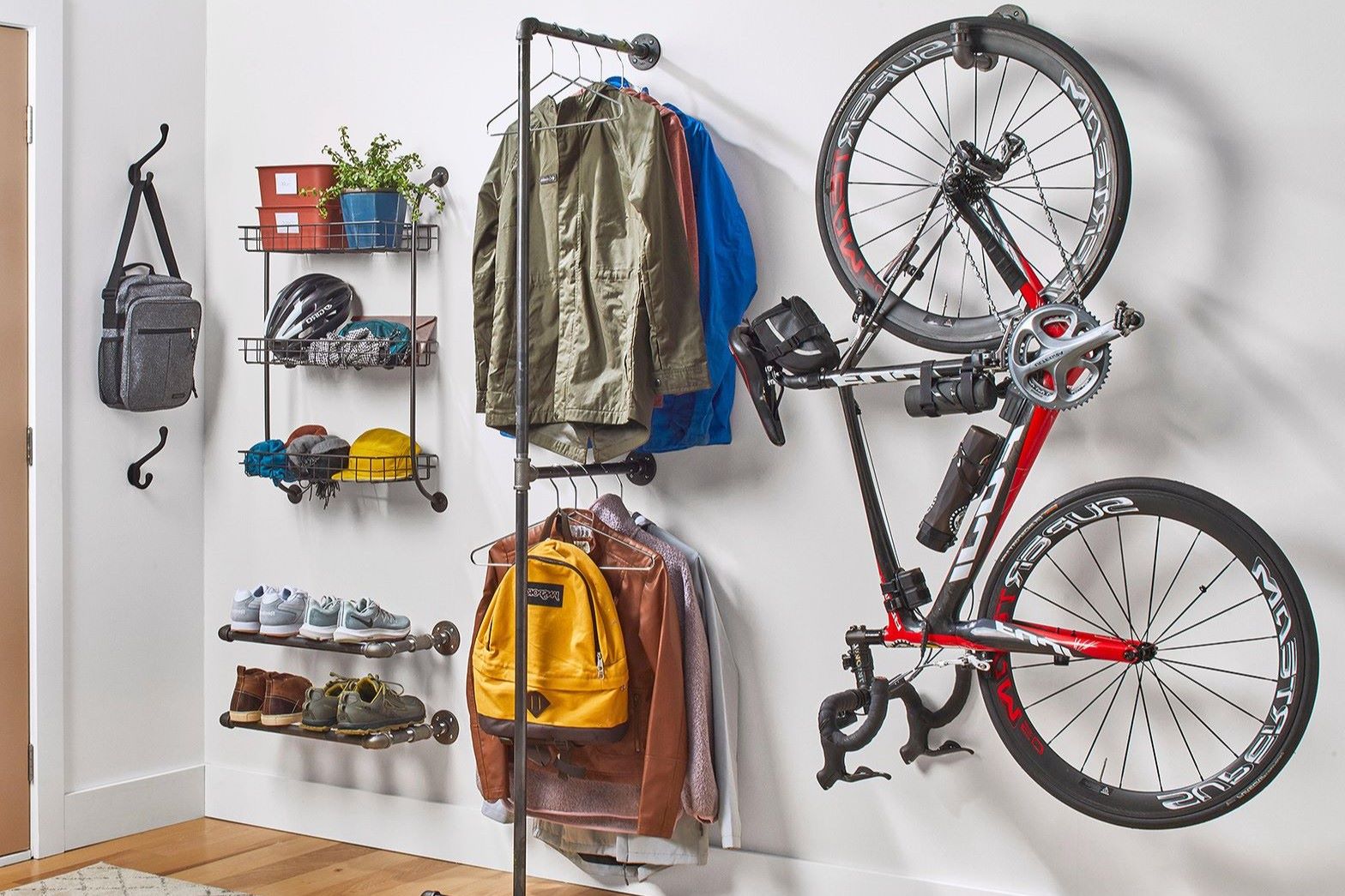
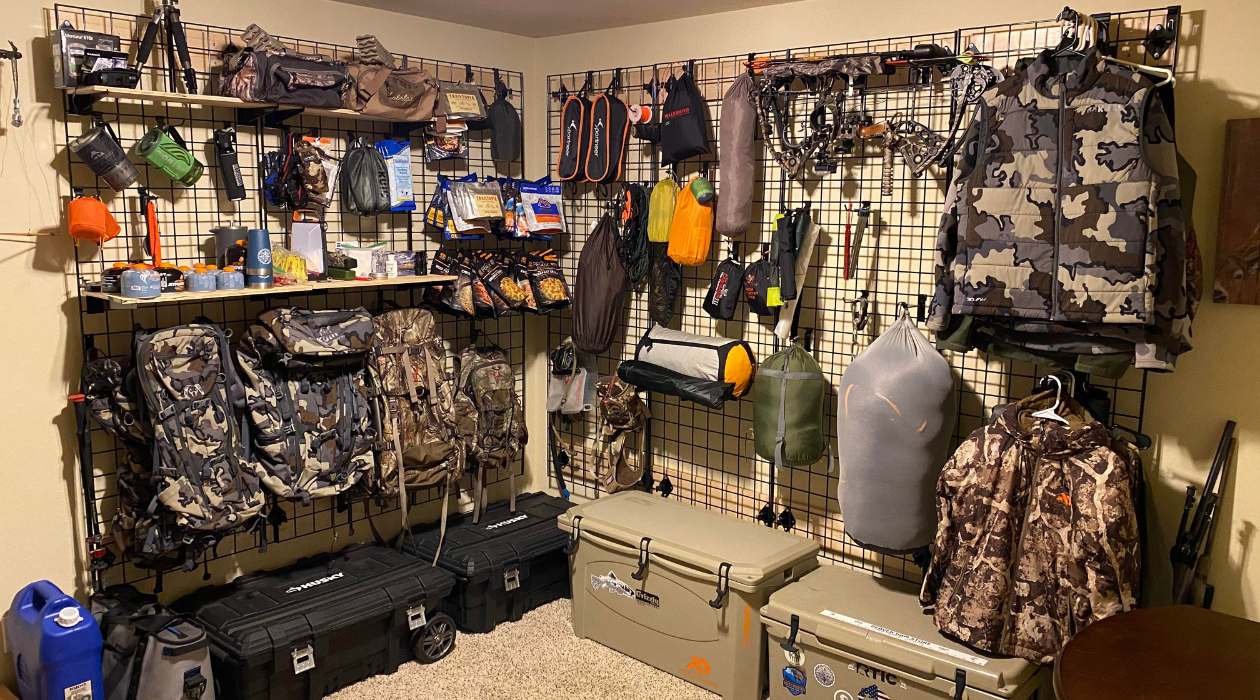
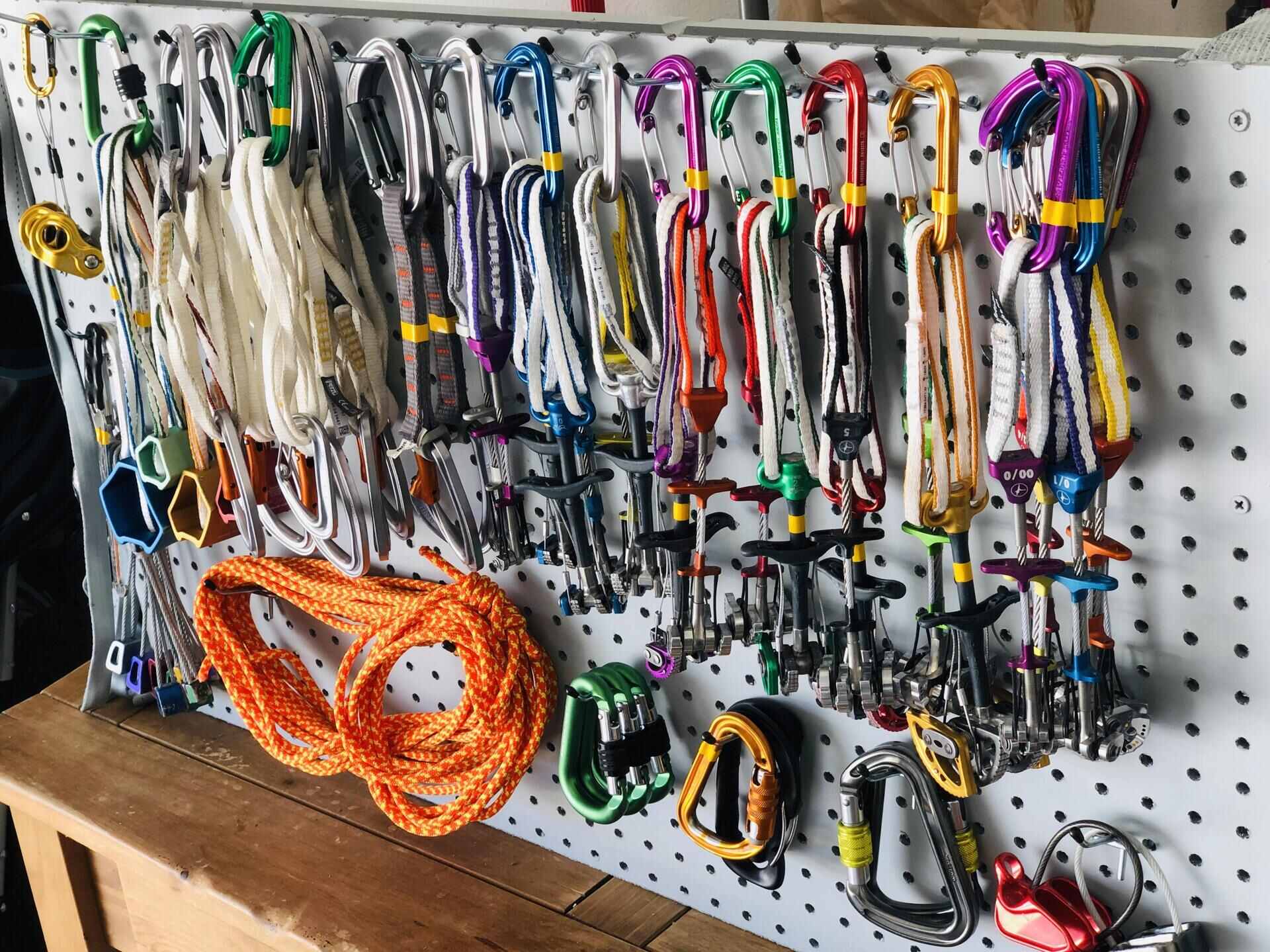
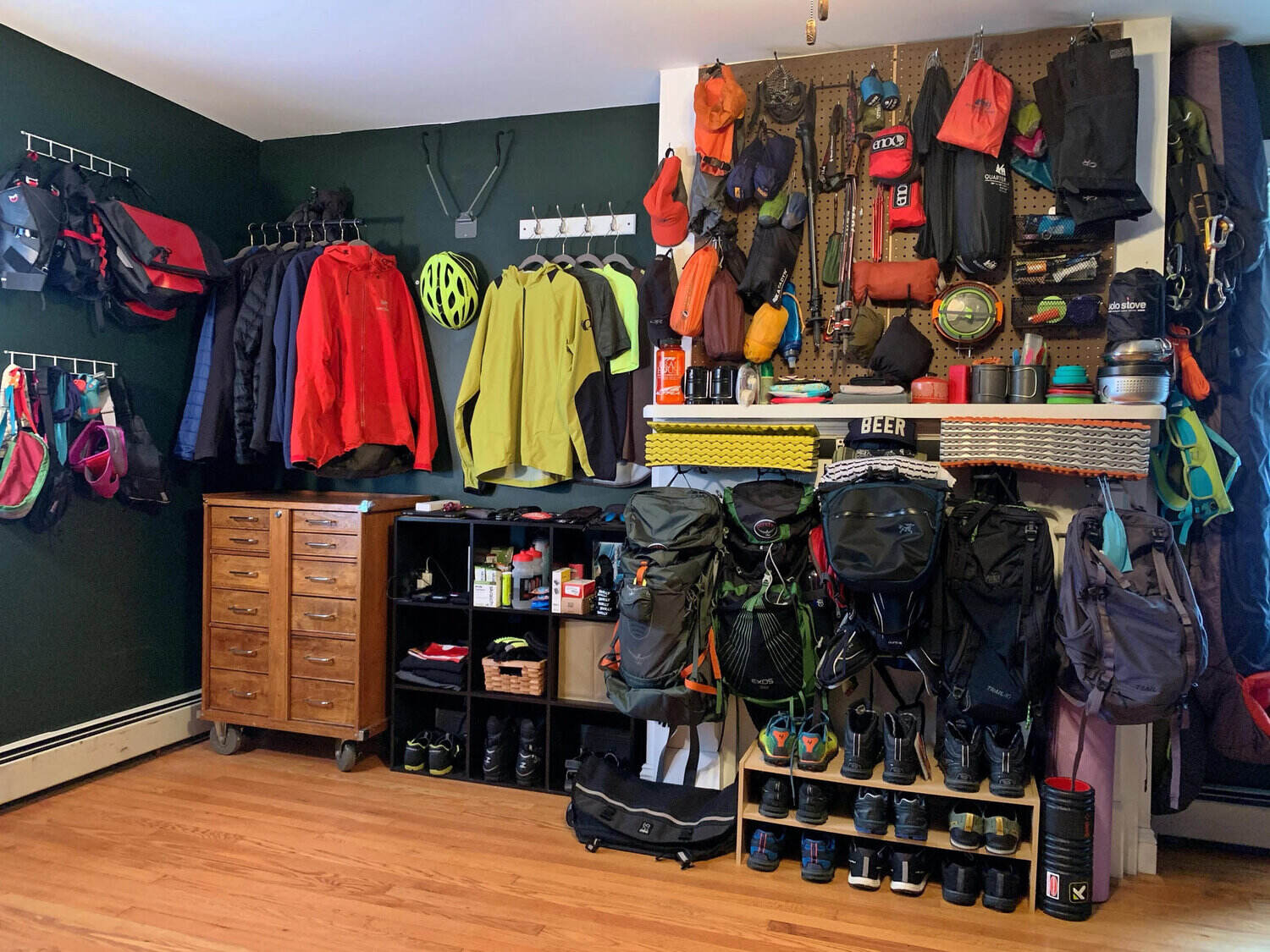
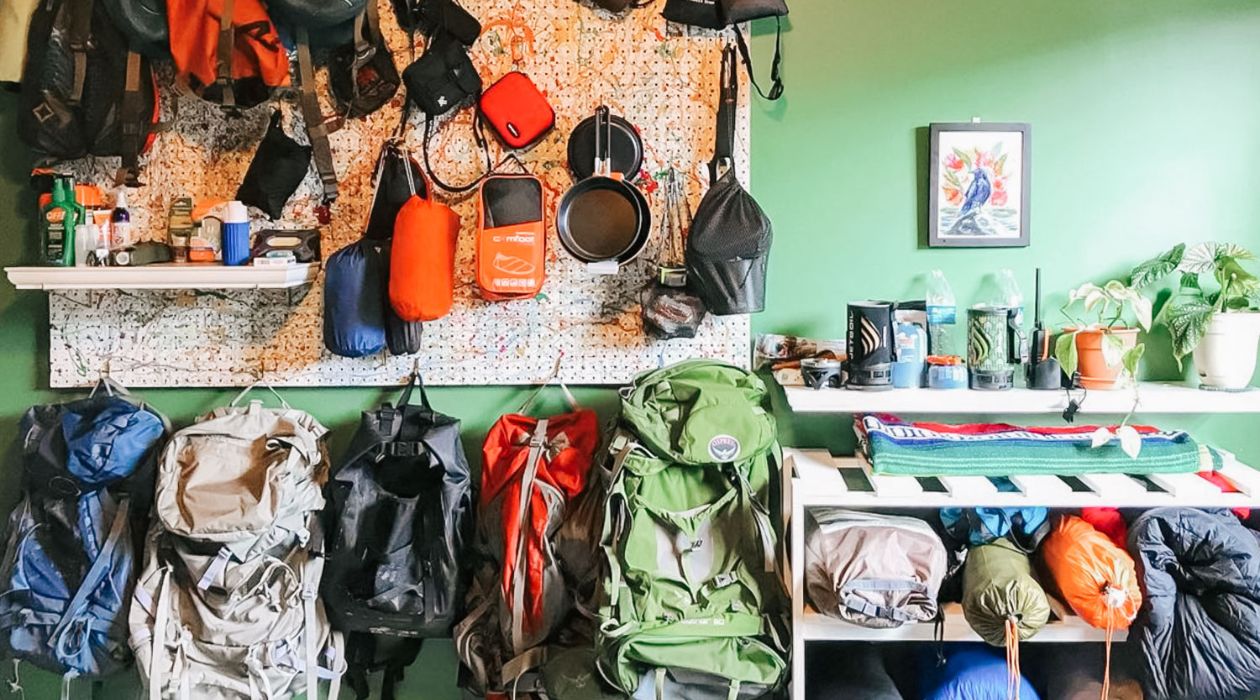
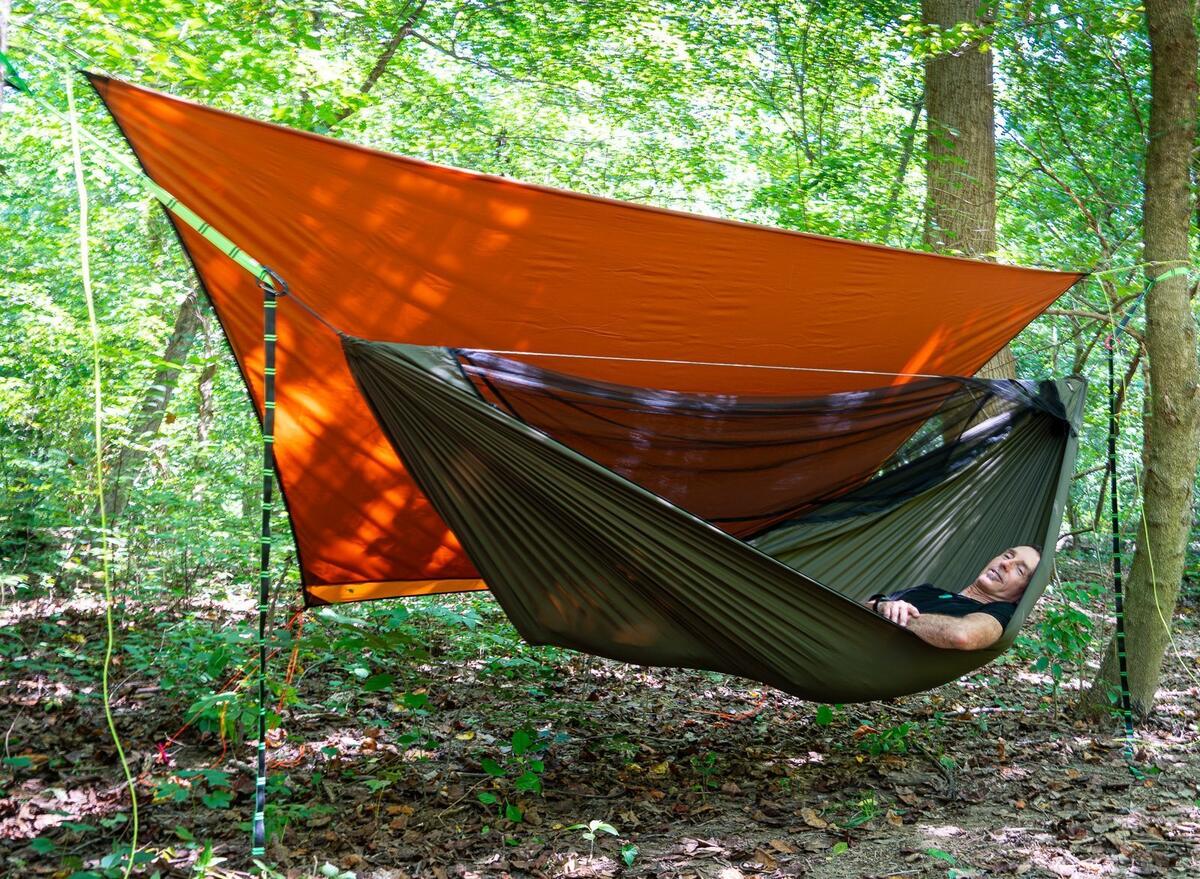
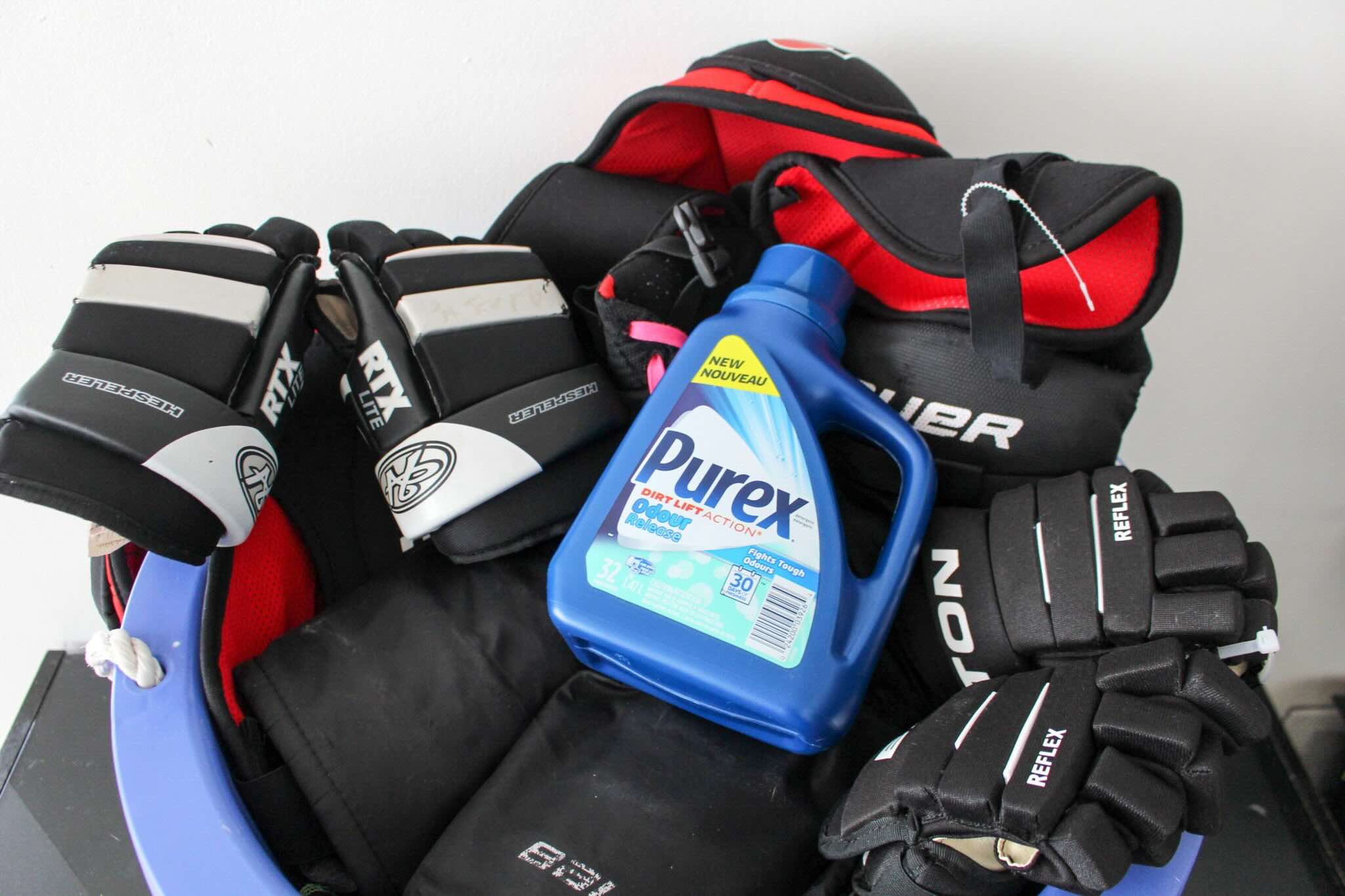
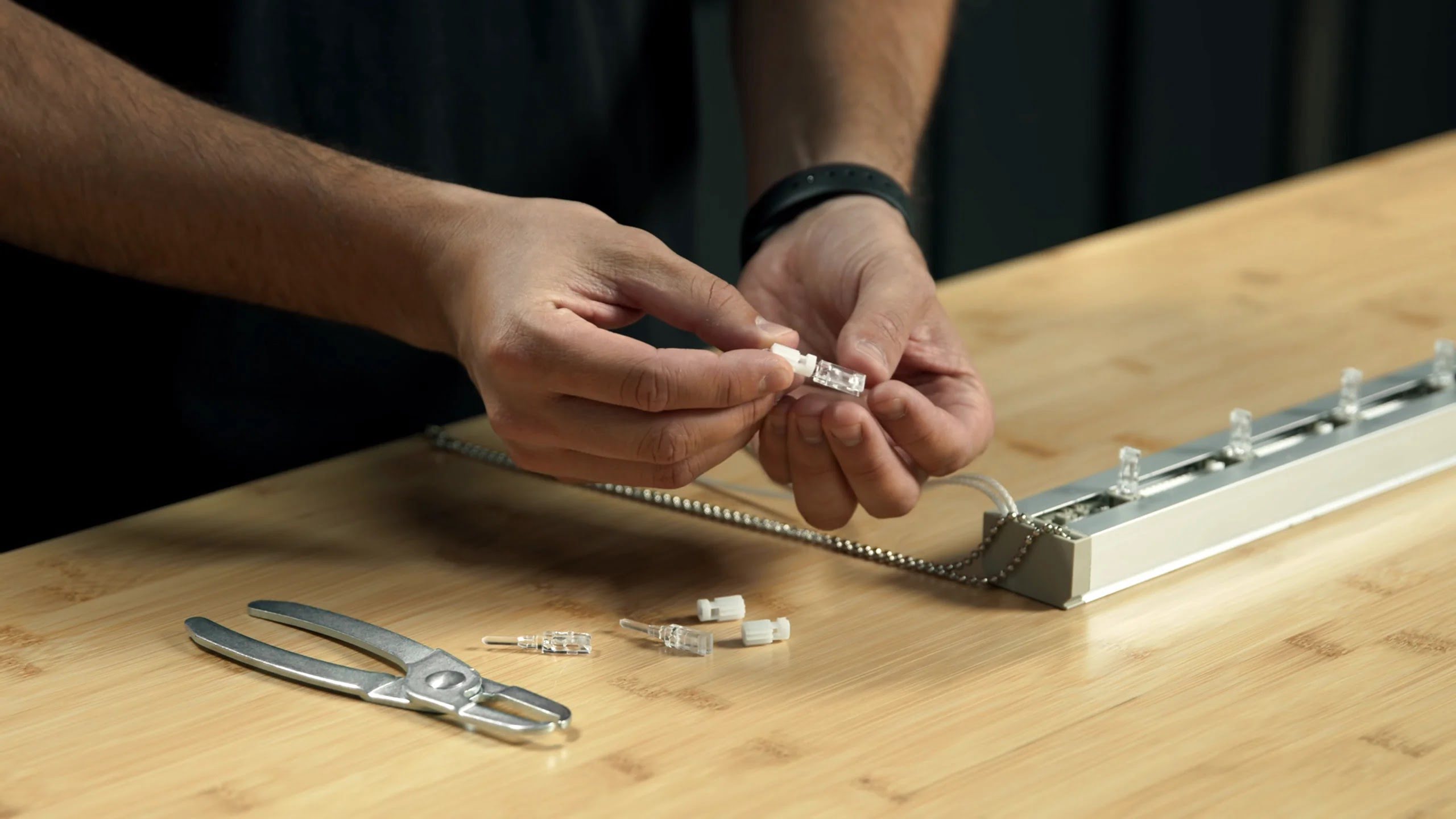
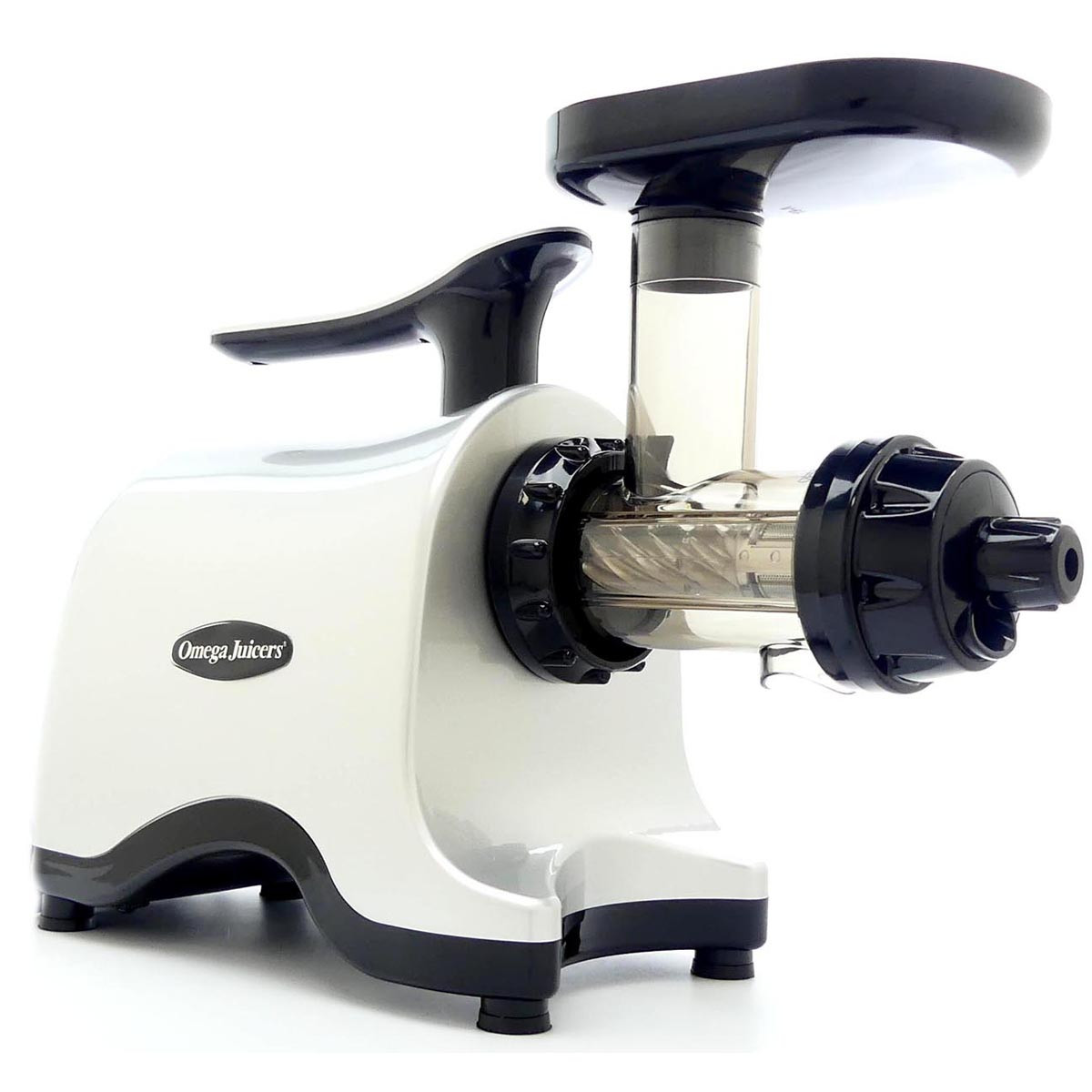
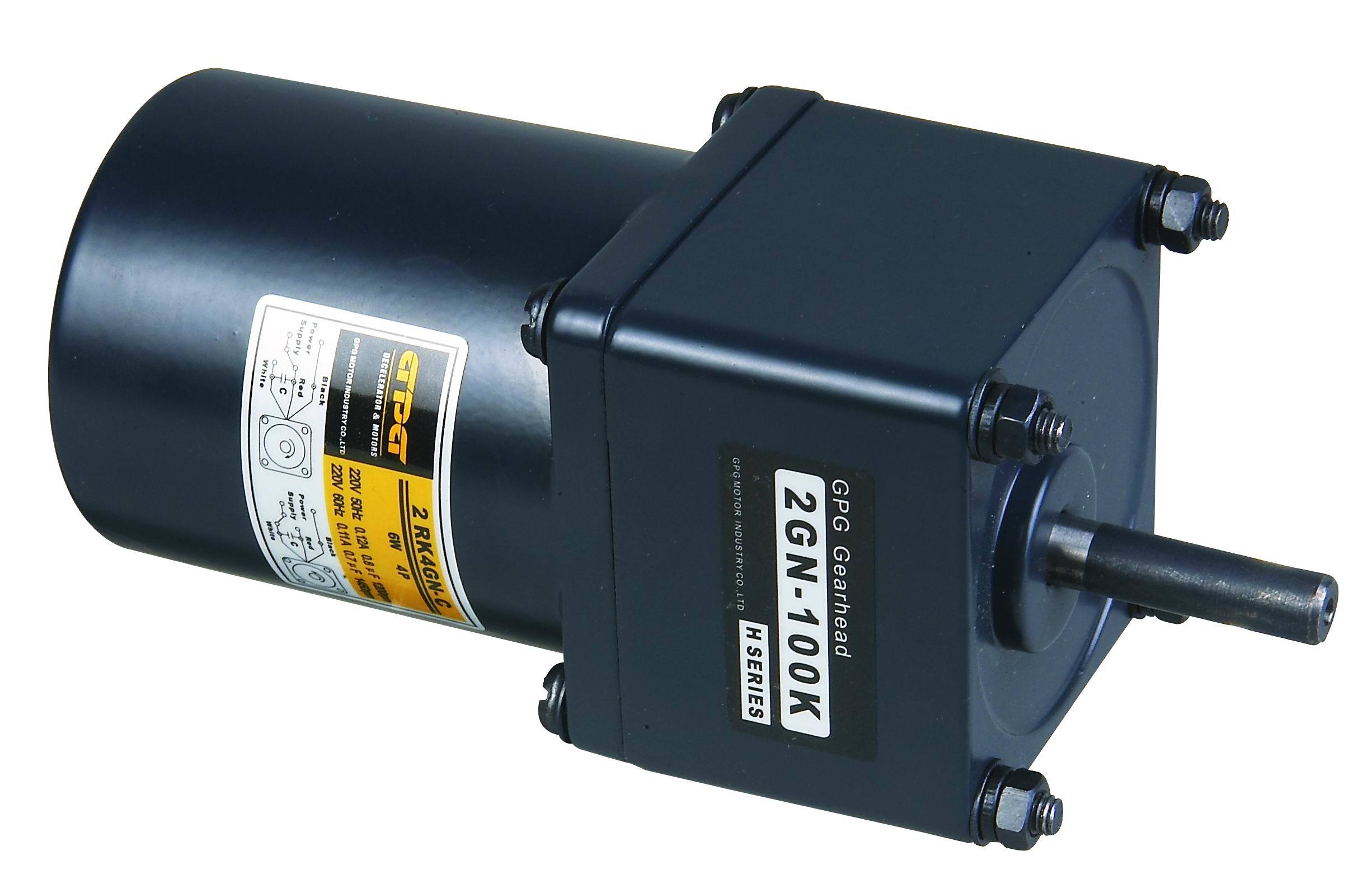
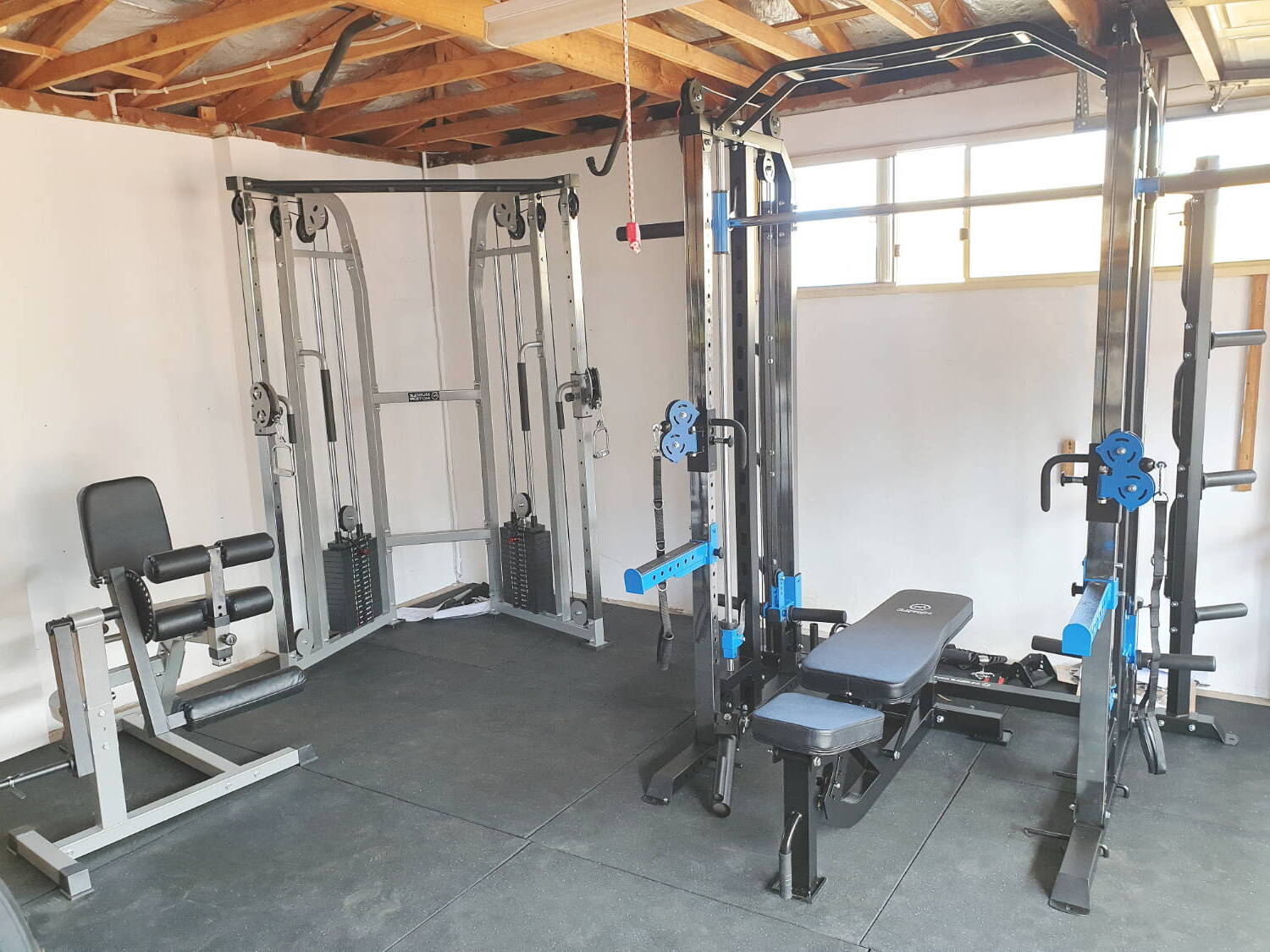
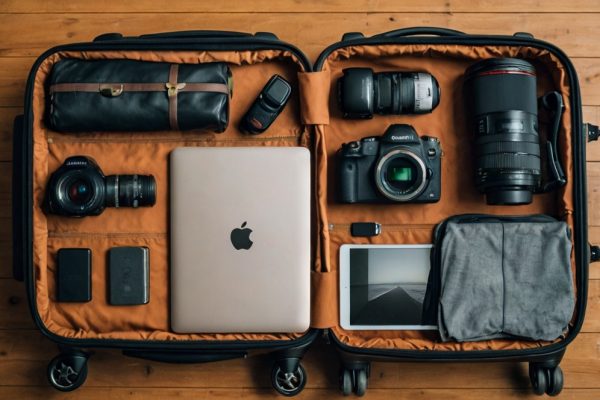
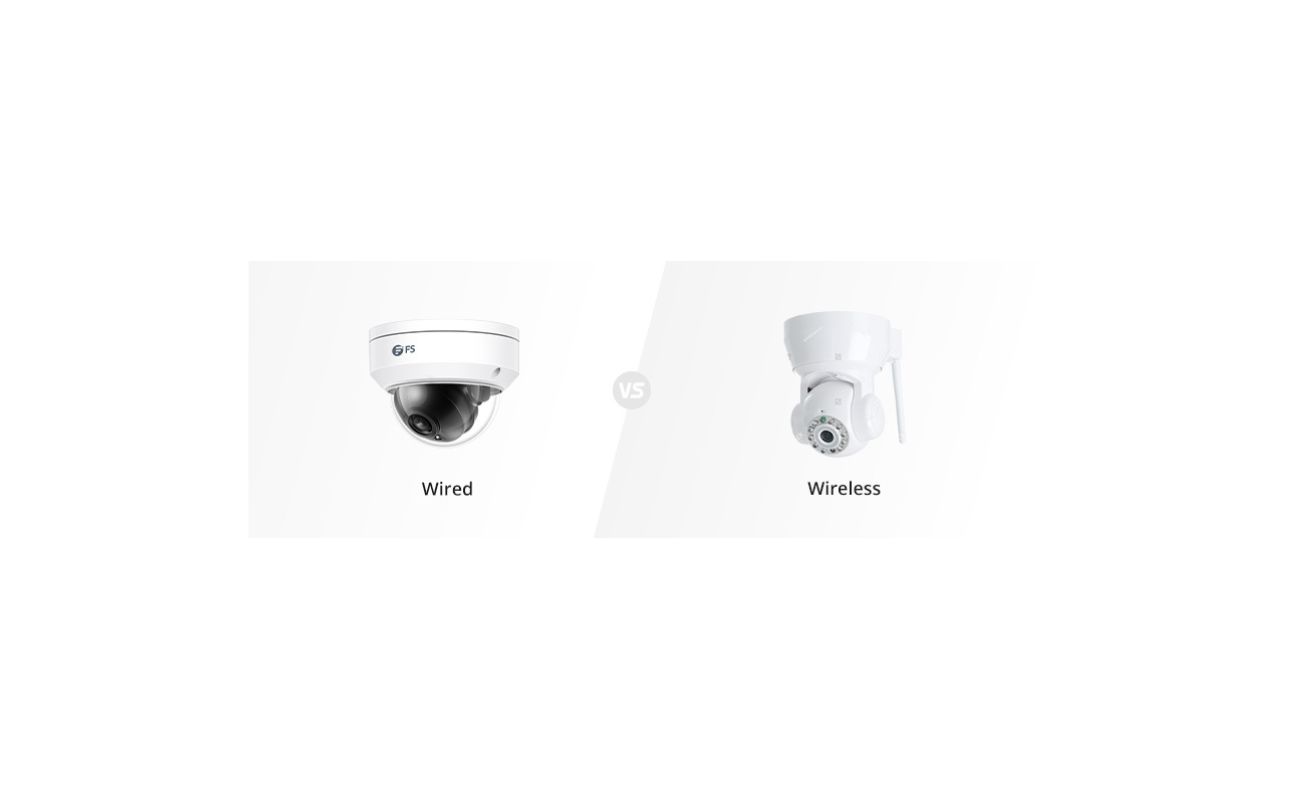
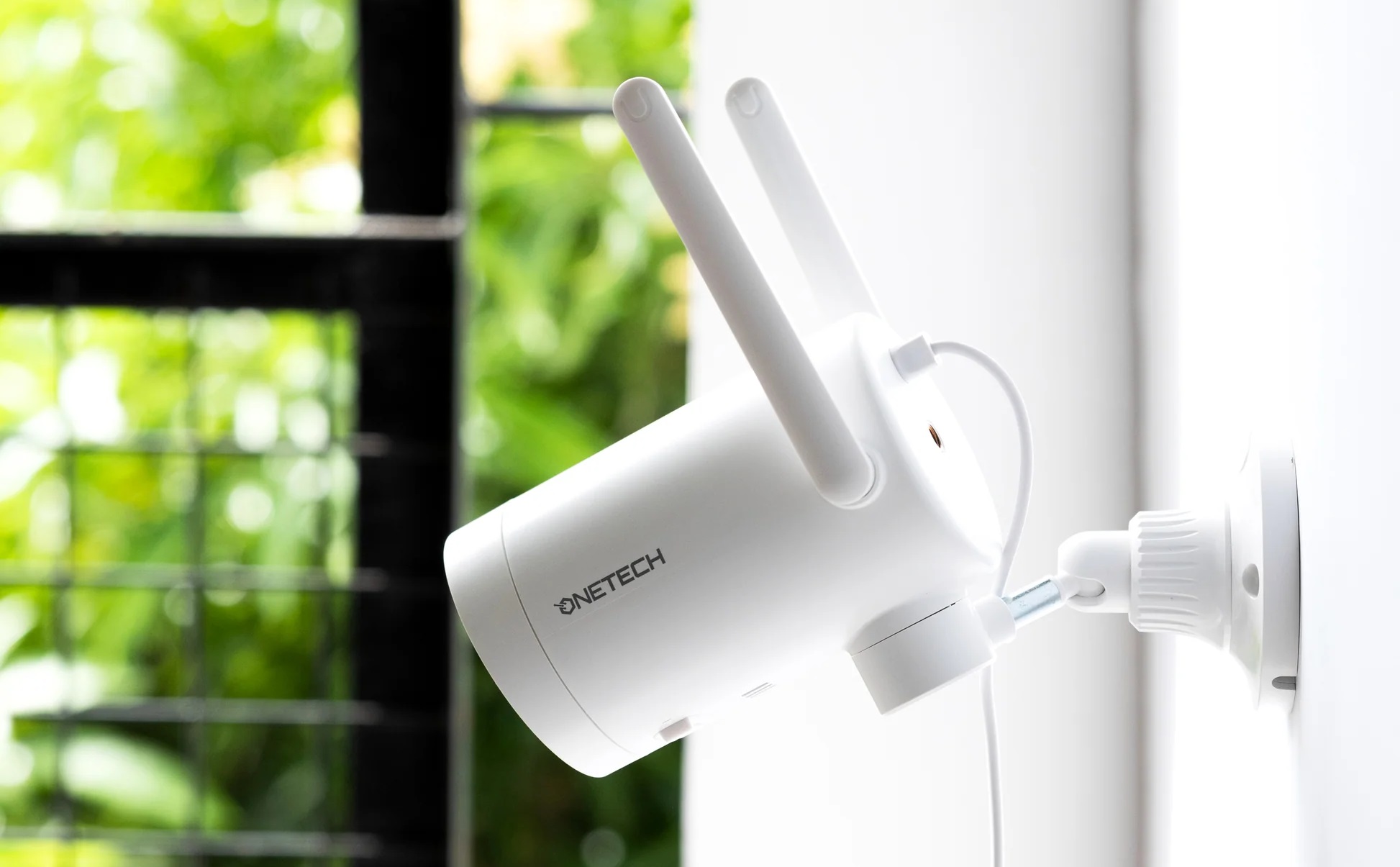
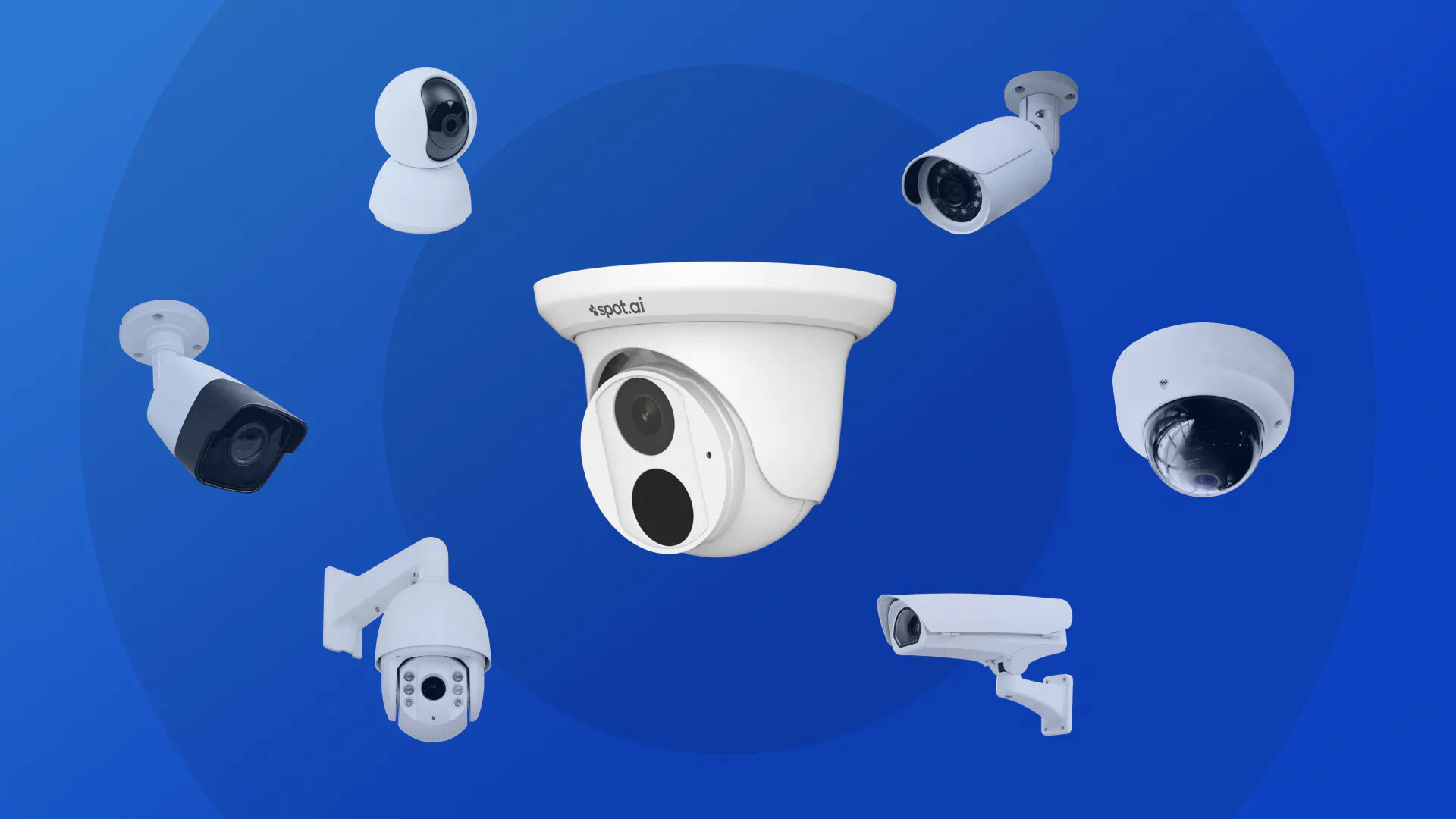

0 thoughts on “How To Organize A Camera Gear”